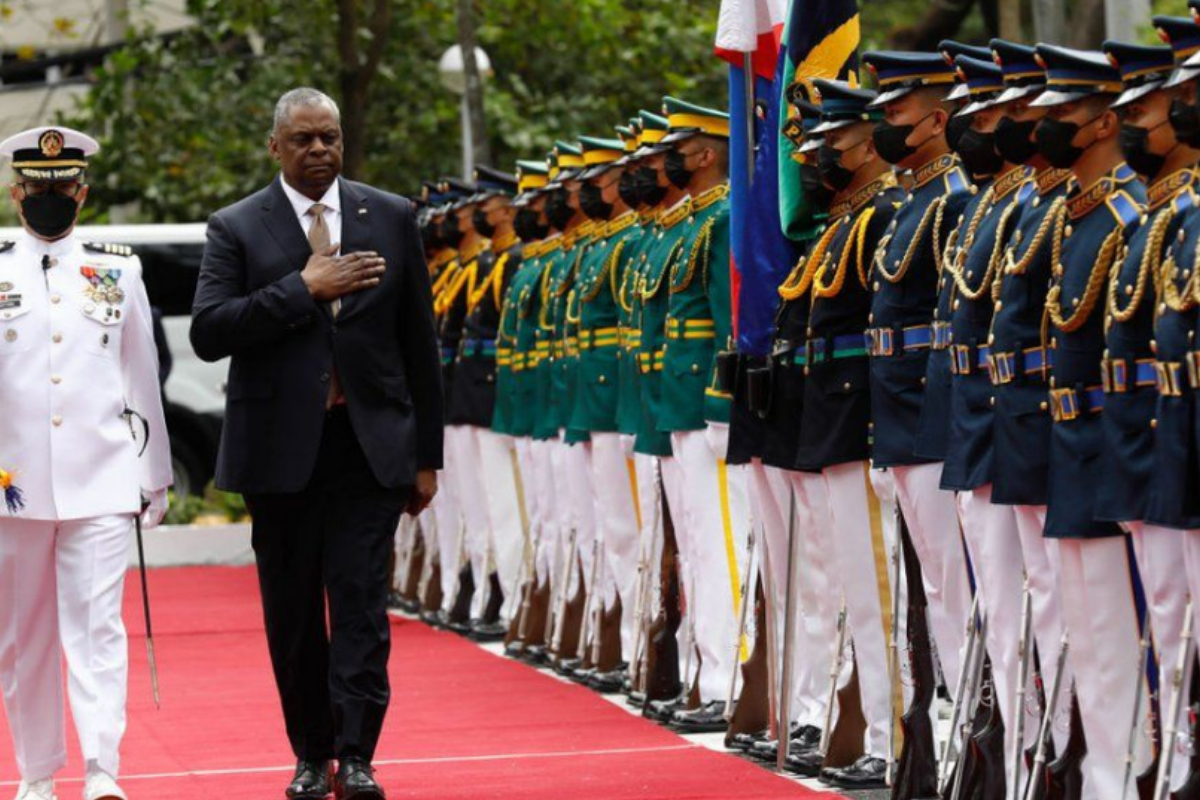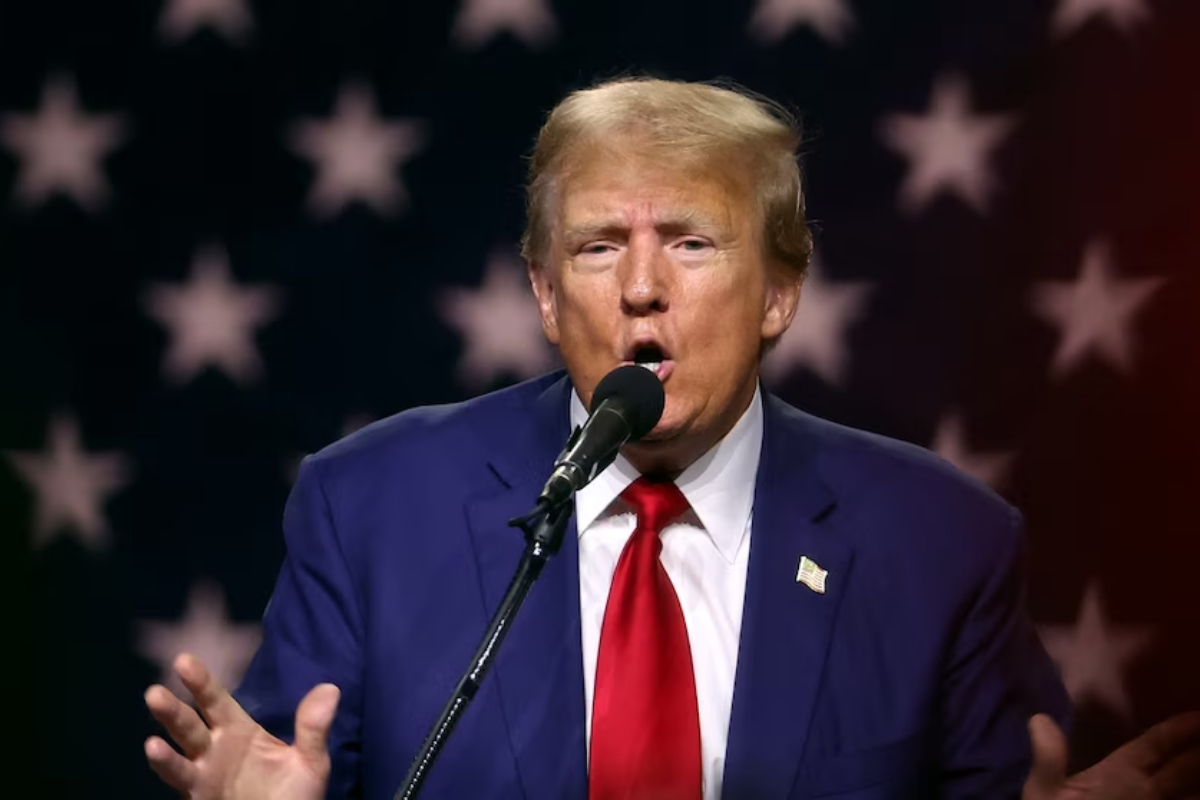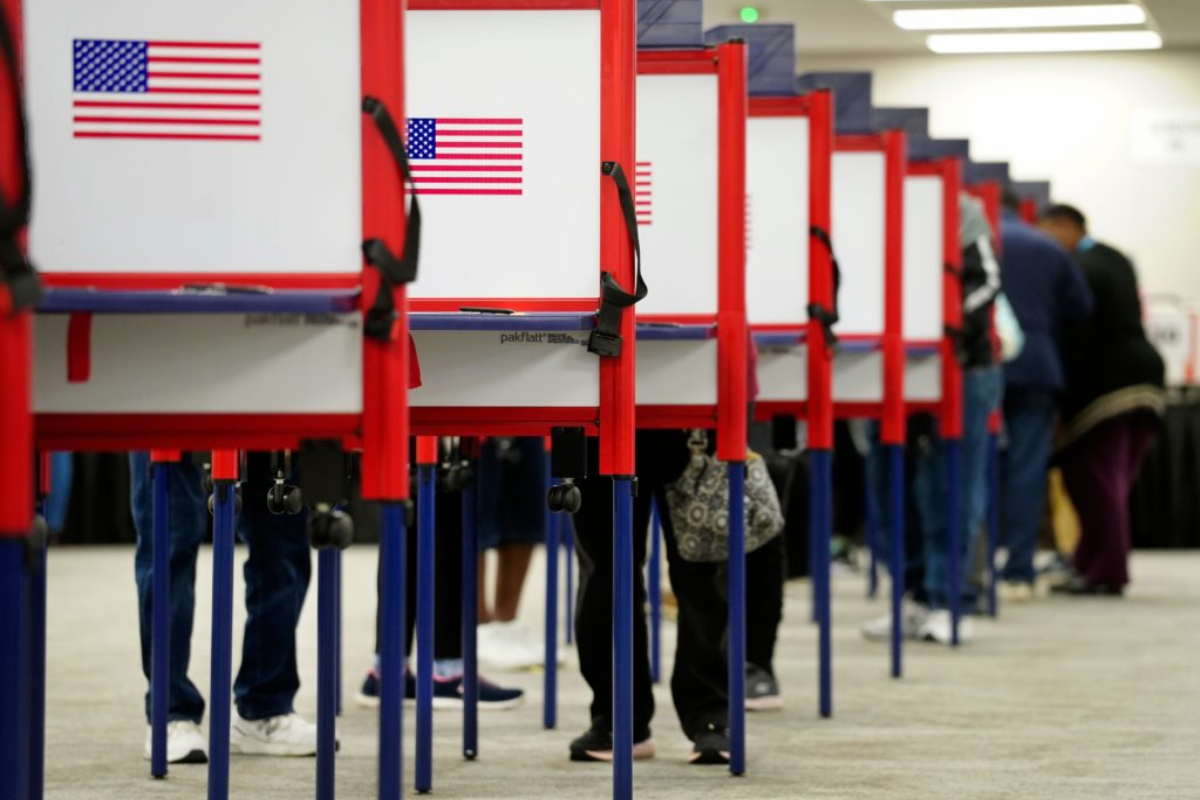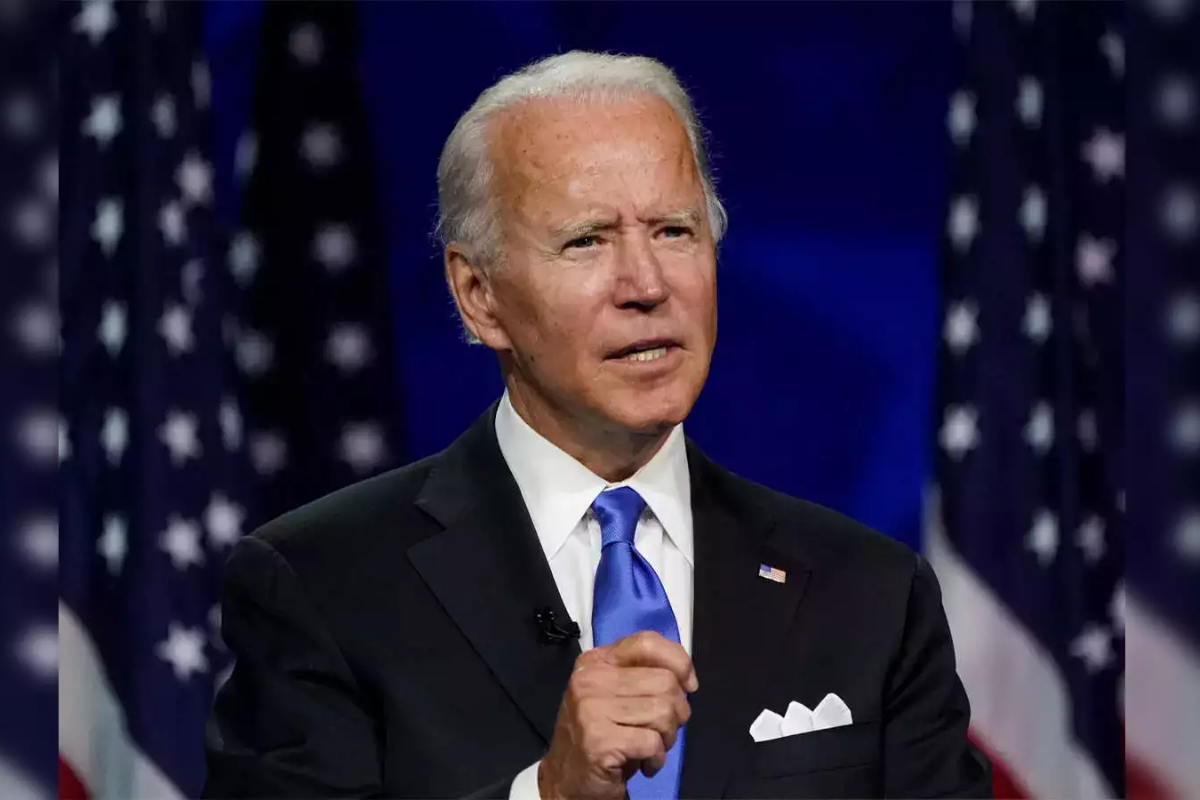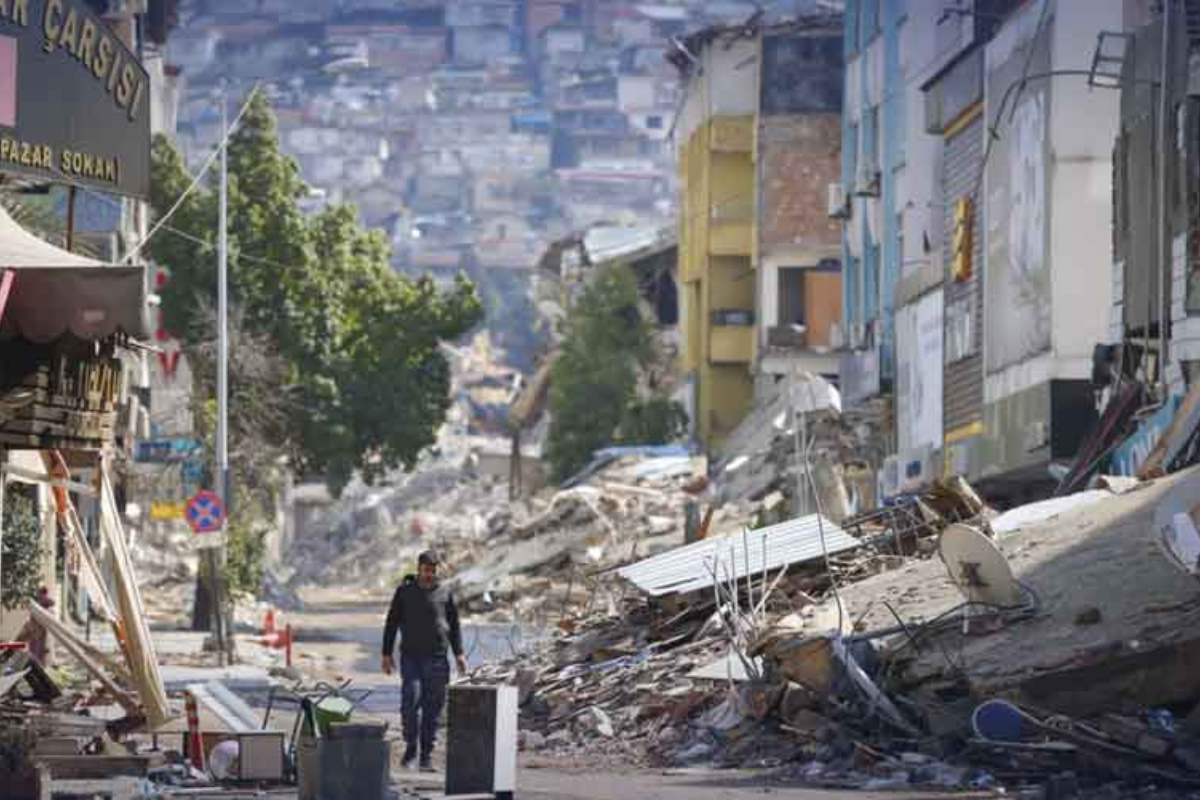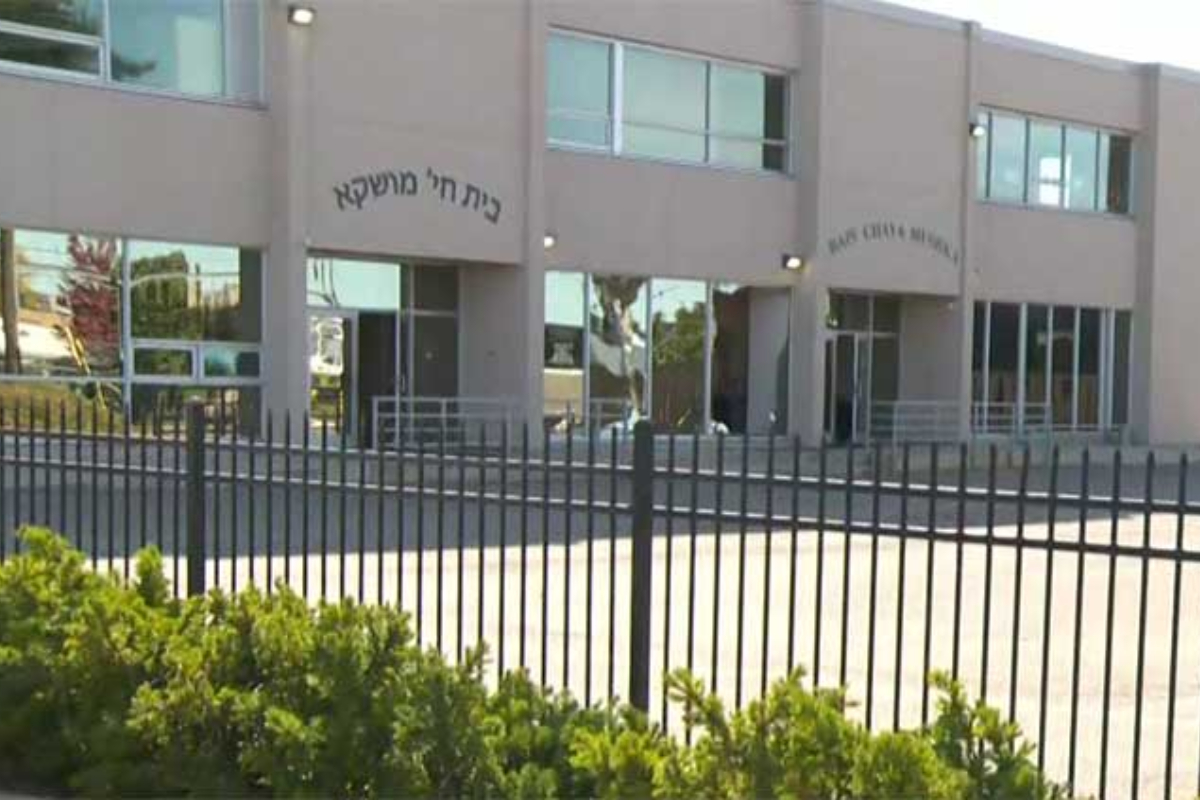- The US has gained access to four more military installations in the Philippines.
- Defence Secretary Lloyd Austin made the announcement.
- The new additions and expanded access will allow more rapid support.
Washington: The US has gained access to four more military installations in the Philippines, a strategic location that would give it a good vantage point for watching Chinese activity in the South China Sea and near Taiwan.
Washington has filled the gap in the US alliance arc that stretches from South Korea and Japan in the north to Australia in the south with this agreement.
The Philippines, which borders Taiwan and the South China Sea, or the West Philippine Sea as Manila insists on calling it, are the missing piece since they are two of the most significant potential flashpoints.
According to a statement from Washington, the new additions and expanded access will “allow more rapid support for humanitarian and climate-related disasters in the Philippines, and respond to other shared challenges,” probably a subliminal reference to countering China in the region. The US already had restricted access to five sites under the Enhanced Defense Cooperation Agreement (EDCA).
The declaration was made following a Thursday meeting between Philippine President Ferdinand “Bongbong” Marcos Jr. and Defence Secretary Lloyd Austin in Manila.
Under the Enhanced Defense Cooperation Agreement (EDCA), the US already had restricted access to five sites. According to a statement from Washington, the new additions and expanded access will “allow more rapid support for humanitarian and climate-related disasters in the Philippines, and respond to other shared challenges,” probably a covert allusion to countering China in the region.
After meeting Philippine President Ferdinand “Bongbong” Marcos Jr. in Manila on Thursday, Defence Secretary Lloyd Austin made the announcement.
The US has not disclosed the locations of the four facilities, but three of them may be on Luzon, an island off the northern tip of the Philippines, and if you exclude China, the only significant piece of territory close to Taiwan.
The agreement is a significant one since it partially undoes the US’s decision to leave their former colony more than 30 years ago.
“There is no contingency in the South China Sea that does not require access to the Philippines,” says Gregory B Poling, director of the Southeast Asia program at the Centre for Strategic and International Studies in Washington.
“The US is not looking for permanent bases. It’s about places, not bases.”
That is, it is seeking access to places where “light and flexible” operations involving supplies and surveillance can be run as and when needed, rather than bases where large numbers of troops will be stationed.
[embedpost slug=”/us-fed-unveils-smaller-rate-hike-but-signals-inflation-fight-not-over/”]

